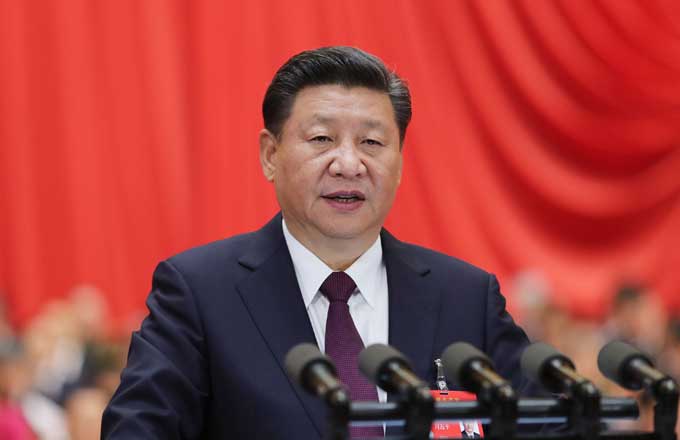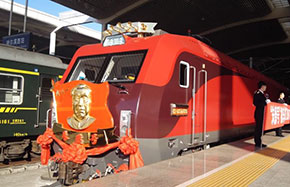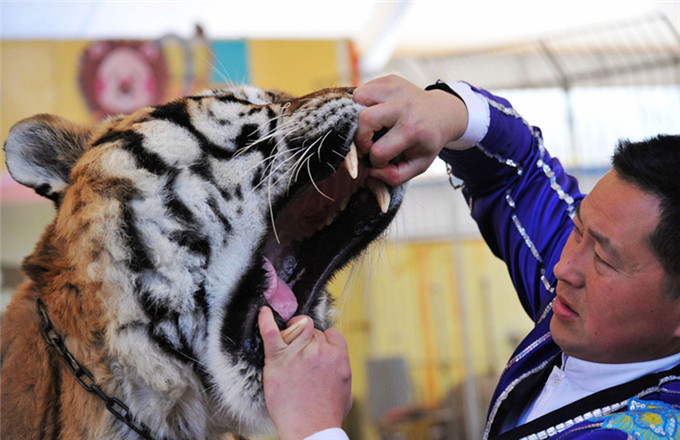The flowing colors of 798 art district
Important role
The role 798 played in promoting Chinese contemporary art is undoubtedly important. Xu Yong, one of the zone's pioneers, said, "Before the appearance of 798 and before Reconstruction 798, Chinese contemporary art was still in a semi-underground state."
Reconstruction 798, a synthetic art event, had an audience of 3,000 in April 2003, hard to imagine today. After this show, Chinese contemporary art began to open up, enjoying closer contact with the public.
The present interaction, which has been sustained relatively well, began with 798. The arrival of the art zone was a sign that the creation of contemporary art and artists' environment had changed from a semi-rural status, when artists lived in the Yuanmingyuan and Songzhuang areas, to a post-industrial status.
Tai Shuangyuan, the manager of He Gallery, which arrived at 798 in 2008, said: "I have never thought about leaving, even if the prospects now appear so gloomy. No other art zone in Beijing can match the environment here."
With the rise of 798, different areas of the country have competed to develop their own art zones.
But Xu is convinced that nothing can replace 798, describing it as the epitome of Chinese art zones.
The district has become the best trading market for contemporary art and the best platform for foreign exchange of contemporary art, not only in the Beijing area, but nationwide and in the Asia-Pacific region.





















